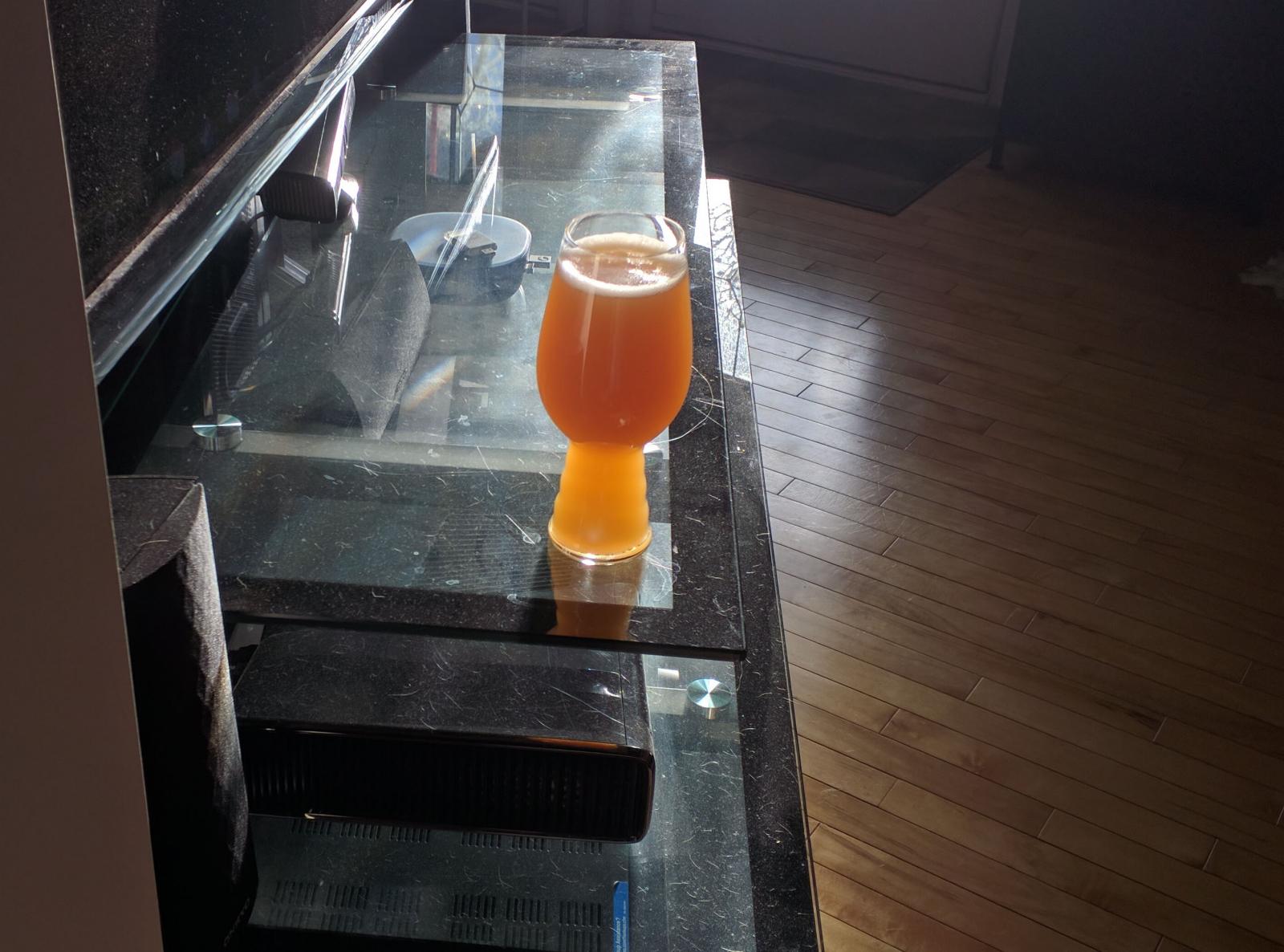popquizkid
Well-Known Member
- Joined
- Oct 29, 2013
- Messages
- 216
- Reaction score
- 89
Thanks for getting back on topic. These guys and there LoDo geesh, even if that is a trend scientifically proven or not do we really think that any of the breweries were trying to emulate with these beers do this process? And isn't what this thread about trying to emulate the NEIPA. Maybe it's another way of keeping o2 out of the beer to keep it fresh, ok I get that but again do we really thinks treehouse uses this method, i'd say no, and I'm guessing if Nate would actually give up his secrets their prob not as groundbreaking as we think and I feel Like we're as a forum pretty onto what these guys are doing i.e. Small bittering charge, huge whirlpool and dry hop additions and the water is prob up for debate as to whether it's higher chloride or sulfate or in the middle of both. So ok rant over. Back on topic. Sorry
I agree that they are probably not doing anything that odd. But I think limiting oxidation is not groundbreaking in the least to professional brewers. John Kimmich from Alchemist has talked a lot about minimizing dissolved oxygen in his beers and how important it is.
There are a lot of things to dial in in your process and outside of water I think oxidation is a huge factor in your final product. If you want to make a great NEIPA or any IPA for that matter I would take a serious look at it personally.
Commercial breweries are definitely not following the LODO procedures people are mentioning in this thread as they were specifically created for home brewers to cheaply address challenges that don't exist at a commercial brewery -- but that is outside of the scope of this thread.








































![Craft A Brew - Safale BE-256 Yeast - Fermentis - Belgian Ale Dry Yeast - For Belgian & Strong Ales - Ingredients for Home Brewing - Beer Making Supplies - [3 Pack]](https://m.media-amazon.com/images/I/51bcKEwQmWL._SL500_.jpg)





















